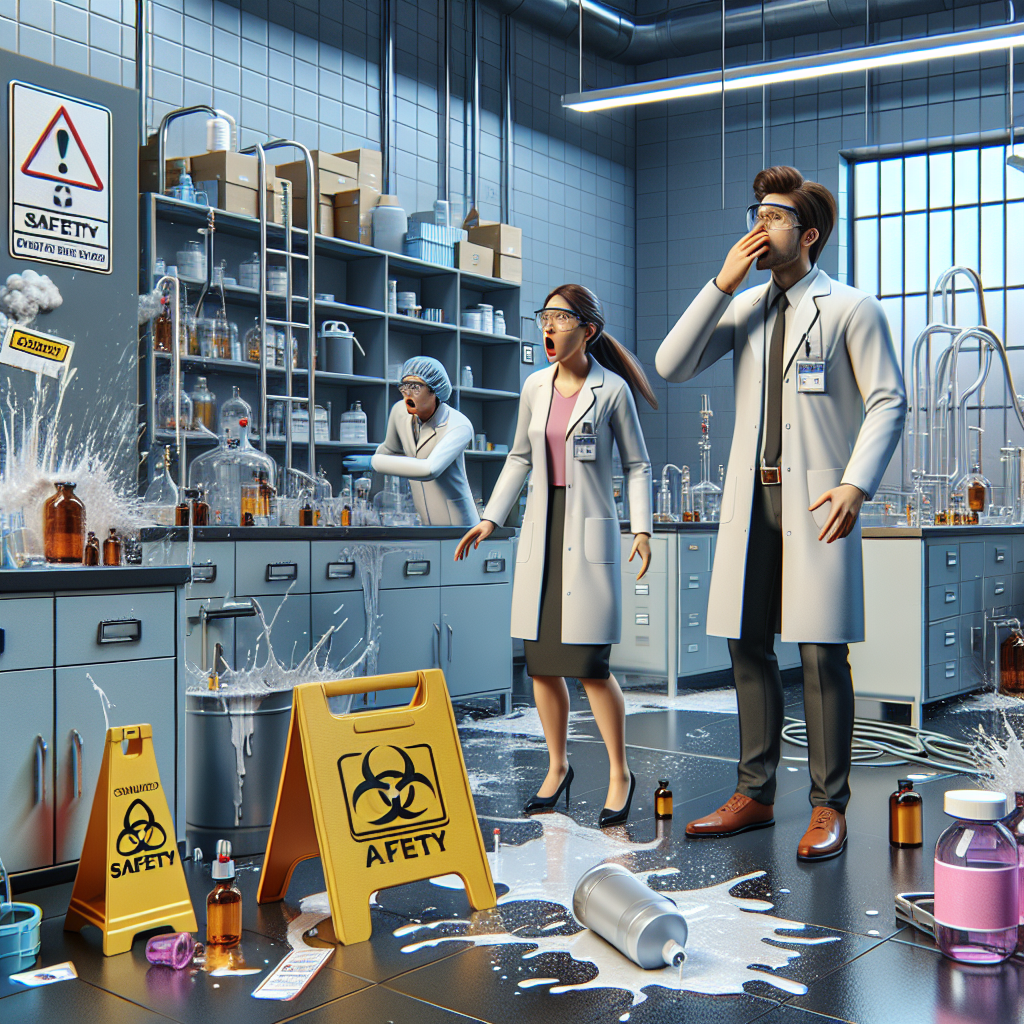Chemical Injuries in the Workplace: A Silent Threat
Chemical injuries in the workplace pose a significant risk to the health and safety of employees. From corrosive substances to toxic gases, exposure to hazardous chemicals can lead to severe injuries and long-term health complications. It is crucial for employers and employees alike to understand the potential dangers and take proactive measures to prevent chemical injuries. This article explores the causes, consequences, and preventive strategies related to chemical injuries in the workplace.
The Causes of Chemical Injuries
Chemical injuries can occur due to various factors, including:
- Lack of proper training: Insufficient knowledge about handling and storing chemicals can result in accidents.
- Unsafe working conditions: Inadequate ventilation, improper storage, and lack of personal protective equipment (PPE) increase the risk of chemical injuries.
- Human error: Negligence, carelessness, or lack of attention can lead to accidental exposure to hazardous substances.
The Consequences of Chemical Injuries
The consequences of chemical injuries can be devastating, both for the affected individuals and the organizations they work for. Some common consequences include:
- Physical injuries: Chemical burns, respiratory problems, eye damage, and skin disorders are among the physical injuries that can result from chemical exposure.
- Long-term health complications: Prolonged exposure to certain chemicals can lead to chronic illnesses, such as cancer, neurological disorders, and reproductive issues.
- Financial burden: Chemical injuries often require extensive medical treatment, rehabilitation, and time off work, leading to financial strain for both employees and employers.
- Legal implications: Failure to provide a safe working environment can result in legal consequences, including fines, penalties, and lawsuits.
Preventive Strategies
Preventing chemical injuries requires a proactive approach and a commitment to workplace safety. Here are some effective preventive strategies:
- Proper training and education: Employers should ensure that all employees receive comprehensive training on chemical hazards, safe handling procedures, and emergency protocols.
- Appropriate PPE: Providing employees with the necessary personal protective equipment, such as gloves, goggles, and respirators, can significantly reduce the risk of chemical injuries.
- Regular inspections: Conducting routine inspections of the workplace to identify potential hazards and promptly addressing any issues is crucial for maintaining a safe environment.
- Effective communication: Establishing clear communication channels between management and employees allows for the reporting of safety concerns and the implementation of preventive measures.
- Safe storage and handling: Properly labeling and storing chemicals, as well as following correct handling procedures, minimizes the risk of accidental exposure.
Summary
Chemical injuries in the workplace are a silent threat that can have severe consequences for both individuals and organizations. By understanding the causes and consequences of chemical injuries, employers can take proactive measures to prevent them. Through proper training, the use of personal protective equipment, regular inspections, effective communication, and safe storage and handling practices, the risk of chemical injuries can be significantly reduced. Prioritizing workplace safety not only protects employees but also ensures the long-term success and sustainability of businesses.







